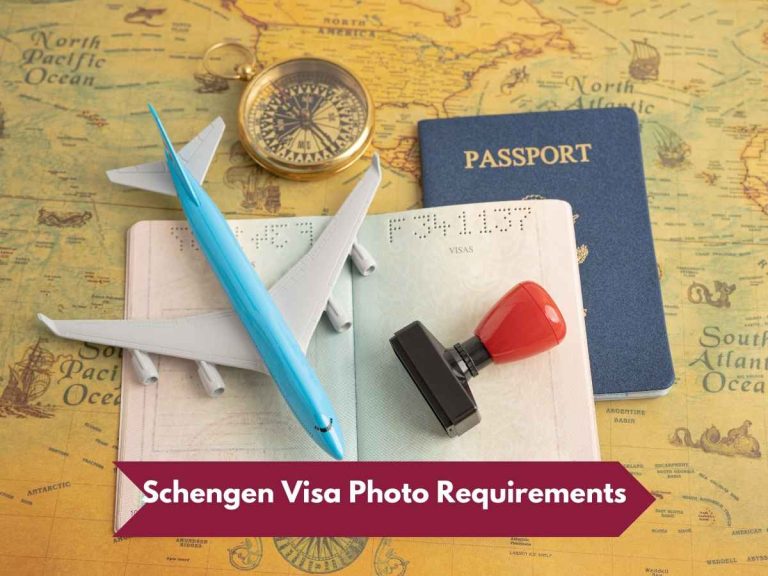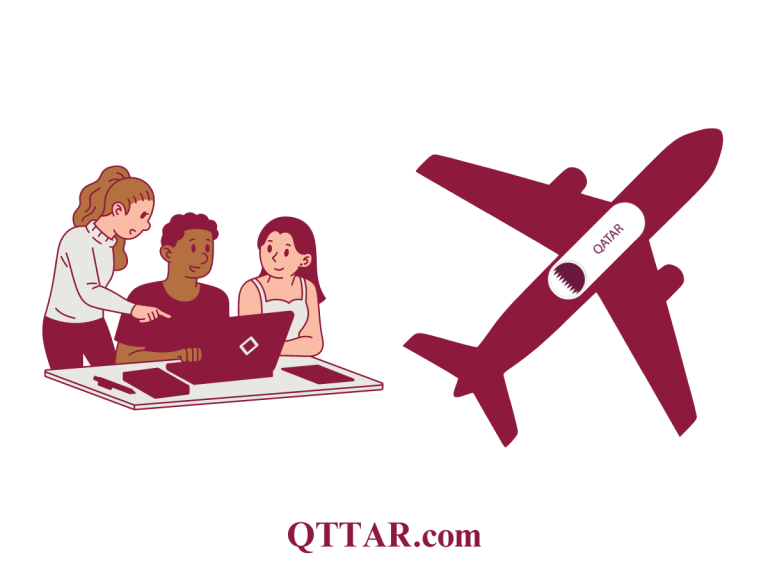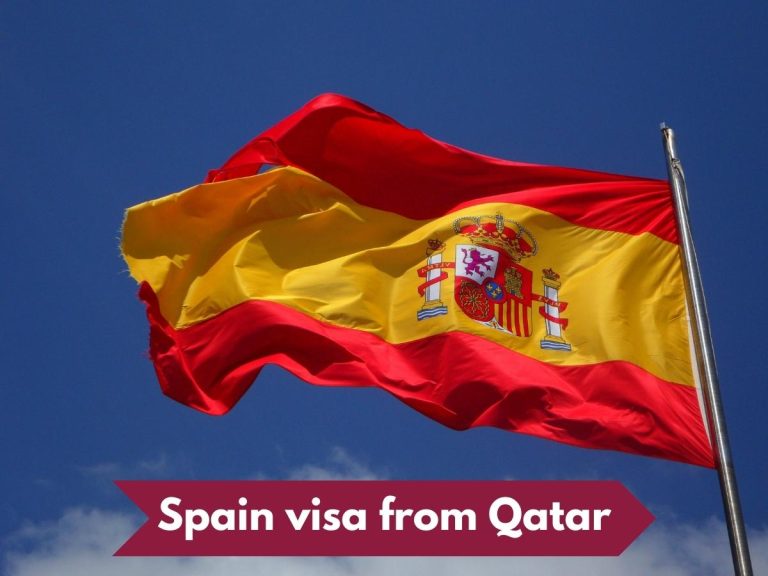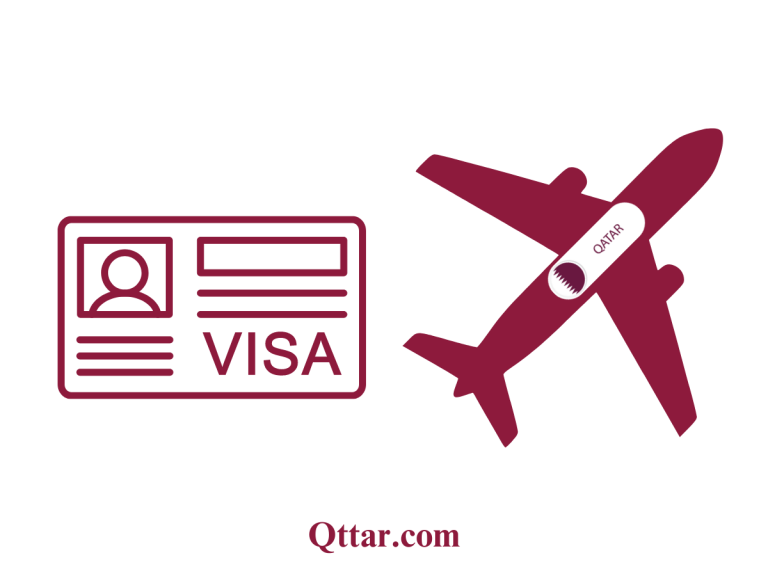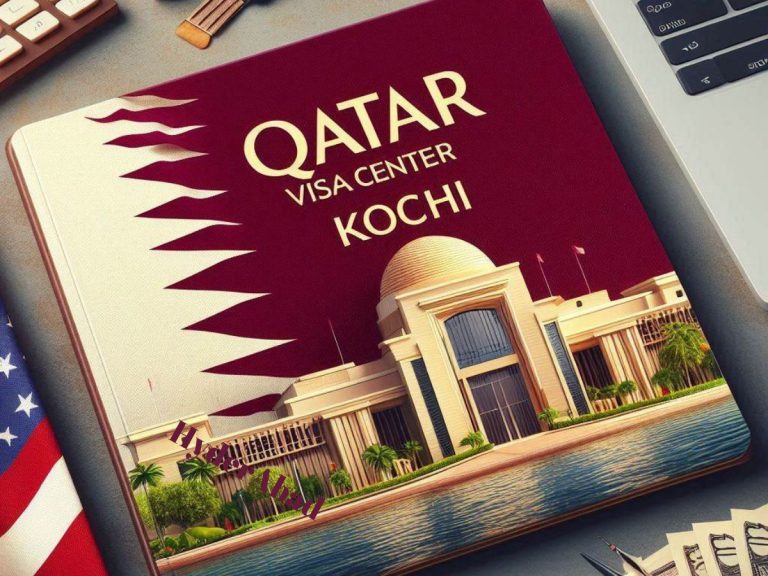Schengen Visa Requirements: Complete Guide
The Schengen visa requires a valid passport, application form, photos, travel insurance, proof of accommodation, financial means, and purpose of stay. The process involves submitting these documents to the embassy of your main destination country.
Exploring the McDo menu means diving into a world of flavors, textures, and aromas that promise a quick and satisfying meal. Whether you’re grabbing a quick bite or settling in for a relaxed meal, the options are plentiful. This blog post will explore the McDo menu’s highlights, giving you a taste of what makes it so beloved by many.
Understanding Schengen Visa Types
The Schengen visa system offers different types of visas to cater to various travel purposes. The two main types are:
Short-Stay Visa (Type C)
This visa allows stays of up to 90 days within a 180-day period in the Schengen Area. It is suitable for tourism, business trips, or short-term study programs.
Airport Transit Visa (Type A)
This visa is specifically for travelers who need to pass through the international transit area of an airport in a Schengen country without entering the Schengen Area itself.
Essential Documents for Schengen Visa Application
To apply for a Schengen visa, you need to prepare and submit several documents. These requirements are generally consistent across all Schengen member countries:
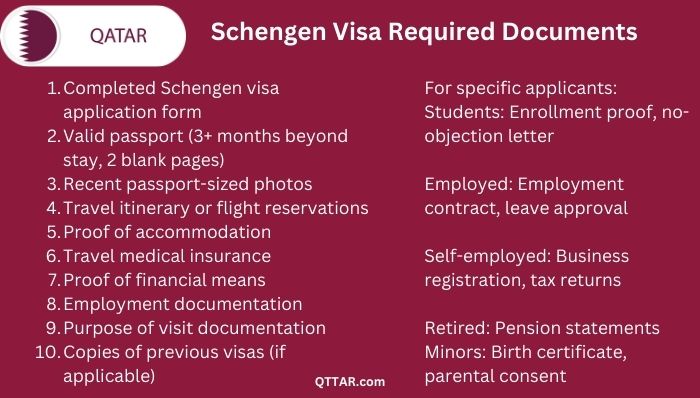
1. Schengen Visa Application Form
You must complete and sign an official Schengen visa application form. Fill in all sections accurately. For minors, a parent or legal guardian must sign the form.
2. Valid Passport
Your passport must meet the following criteria:
- Issued within the last 10 years
- Valid for at least three months beyond your planned departure from the Schengen Area
- Contains at least two blank pages for visa stamps
Include a photocopy of the passport’s biometric data page.
3. Passport-Sized Photographs
Provide two recent, color photographs that meet these specifications:
- Taken against a light background
- Show your full face without dark or reflective glasses
- No head coverings (unless for religious reasons)
- Size: 35mm x 45mm
4. Travel Medical Insurance
You must have travel insurance that covers:
- The entire Schengen Area
- Medical emergencies, hospitalization, and repatriation
- Minimum coverage of €30,000
5. Proof of Accommodation
Provide evidence of where you will stay during your trip, such as:
- Hotel reservations
- Rental agreements
- Invitation letter from a host (if staying with friends or family)
6. Proof of Financial Means
Show that you can support yourself during your stay by providing:
- Recent bank statements (last 3-6 months)
- Traveler’s checks
- Credit card statements
- Sponsorship letter (if applicable)
7. Travel Itinerary
Submit a detailed plan of your trip, including:
- Flight reservations (entry and exit from the Schengen Area)
- Internal travel plans within the Schengen countries
- Daily activities or tour bookings
8. Proof of Employment or Study
Depending on your situation, provide:
- Employment contract and leave approval from your employer
- Student ID and enrollment certificate from your educational institution
- Business license (for self-employed individuals)
9. Purpose of Visit Documentation
Depending on your reason for travel, include:
- For tourism: Detailed travel itinerary
- For business: Invitation letter from the company in the Schengen Area
- For study: Acceptance letter from the educational institution
- For medical treatment: Letter from the doctor or medical facility
Schengen Visa Application Process
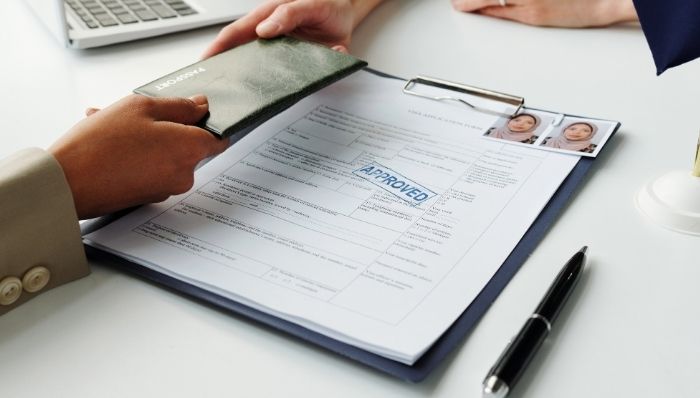
The application process for a Schengen visa involves several steps:
1. Determine the Appropriate Embassy
Apply at the embassy or consulate of the Schengen country that is your main destination. If you’re visiting multiple countries, apply through the country where you’ll spend the most time.
2. Schedule an Appointment
Book an appointment at the relevant embassy or consulate. Some countries allow online booking, while others may require you to call or email.
3. Prepare Your Documents
Gather all required documents as listed above. Ensure they are complete and meet the specified criteria.
4. Attend the Visa Interview
On the day of your appointment:
- Arrive on time
- Bring all original documents and their copies
- Be prepared to answer questions about your trip
5. Pay the Visa Fee
The standard Schengen visa fee is €80 for adults and €40 for children aged 6-12. Some categories of applicants may be exempt from this fee.
6. Wait for Processing
The processing time for a Schengen visa typically ranges from 15 to 30 days. In some cases, it may take up to 60 days.
7. Collect Your Passport
Once a decision is made, you’ll be notified to collect your passport. If approved, your passport will contain the Schengen visa sticker.
Special Considerations for Different Applicant Types
For Employed Applicants
If you’re employed, you’ll need to provide:
- Employment contract
- Leave approval from your employer
- Recent pay slips (last 3 months)
For Self-Employed Individuals
Self-employed applicants should submit:
- Business registration documents
- Tax returns
- Bank statements showing business transactions
For Students
Students applying for a Schengen visa need to provide:
- Student ID
- Enrollment certificate from their educational institution
- No-objection letter from the school or university
For Retired Applicants
Retired individuals should include:
- Pension statements (last 6 months)
- Proof of other sources of income (if applicable)
For Minors
When applying for a Schengen visa for a minor, additional documents are required:
- Birth certificate of the minor
- Visa application form signed by both parents
- Copies of both parents’ passports or ID cards
- Parental authorization if the child is traveling alone
Tips to Improve Your Schengen Visa Application
To increase your chances of a successful Schengen visa application:
- Apply well in advance of your planned travel date.
- Ensure all documents are complete and accurate.
- Provide a clear and detailed travel itinerary.
- Show strong ties to your home country (e.g., job, property, family).
- Be honest and consistent in your application and during the interview.
- Have a realistic and well-planned travel budget.
- If you’ve been rejected before, address the reasons for previous rejections in your new application.
Common Reasons for Schengen Visa Rejections
Understanding common reasons for visa rejections can help you avoid these pitfalls:
- Incomplete or inaccurate application form
- Insufficient or unclear purpose of visit
- Lack of sufficient funds or proof of financial means
- Inadequate travel insurance coverage
- Inconsistencies in the provided information
- Passport issues (e.g., not enough validity or blank pages)
- Previous overstays in the Schengen Area
- Perceived risk of overstaying or illegal immigration
Schengen Visa Fees and Processing Times
The standard Schengen visa fee structure is as follows:
- Adults: €80
- Children (6-12 years): €40
- Children under 6 years: Free
Processing times can vary, but generally:
- Standard processing: 15-30 days
- Expedited processing (if available): 3-5 working days
- Last-minute applications: Up to 60 days
Some applicants may be eligible for reduced fees or fee waivers, including students, researchers, and representatives of non-profit organizations.
After Receiving Your Schengen Visa
Once you receive your Schengen visa, keep these points in mind:
- Check the visa sticker for accuracy (dates, personal information).
- The visa doesn’t guarantee entry; border officials make the final decision.
- Keep all supporting documents with you when traveling.
- Respect the visa’s validity period and conditions.
- Be prepared to show proof of funds and accommodation at border control.

Ammara Abdullah is an experienced writer and editor specializing in technology and digital trends. With over 5 years of experience, she produces insightful articles on emerging tech, consumer electronics, and digital culture. Ammara holds a degree in journalism and is passionate about making complex topics accessible to readers.

